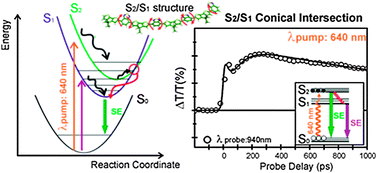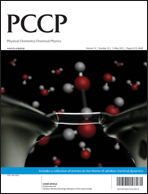Ultrafast internal conversion in a low band gap polymer for photovoltaics: experimental and theoretical study†
Abstract
Ultrafast dynamics upon photoexcitation in a low band gap

- This article is part of the themed collection: Ultrafast chemical dynamics

 Please wait while we load your content...
Please wait while we load your content...